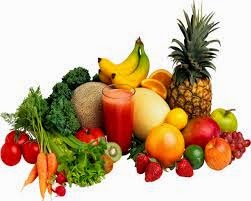Most fat in the body is a type called "subcutaneous fat", which means that it lies just under the skin. I frequently hear it referred to as "cellulite", "hail damage", "dimpling", and "cauliflower"! Medical research suggests that this type of fat is relatively harmless. Although, we hate how it looks!
However, the fat that is felt to be dangerous is called visceral fat. It is deep inside the abdomen and surrounds the intestines and other internal organs. This is the type of fat that causes insulin resistance, diabetes, heart disease, atherosclerosis, and heart failure.
We often use BMI to determine whether someone is at a healthy weight. There have been ongoing heated debates for years about using BMI as a measure of health, especially in children. Some people who are of a normal weight can still have high amounts of visceral fat. When you have a high amount of dangerous visceral fat, your C-reactive protein (hsCRP) is usually elevated. hsCRP is an indicator of inflammation. This is just one of the many tests we perform with the Berkeley Advanced Lipid and Genetic Testing Labs. Knowing your genetics and other risk factors are equally, if not more important, that maintaining a normal weight.
In 2005 there were about 23 million Americans with diabetes. Today more than 26 million have diabetes. Although with Type II diabetes there is a genetic component that predisposes you to developing diabetes, the main culprit is what you eat. Foods and drinks with excessive amounts of refined carbohydrates, polyunsaturated fats, and refined sugar- especially high fructose corn syrup- are particularly bad. This includes sodas, cookies, donuts, other processed foods, corn oil, safflower, sunflower, peanut, soybean and canola oils. Diets that contain a lot of red meat are also harmful.
Cooking with extra virgin olive oil is very good, though. It is a saturated fat that reduces inflammation. Sprinkling the extra virgin olive oil with turmeric adds even more anti-inflammatory power. However, the most powerful anti-inflammatory foods include cruciferous vegetables such as cauliflower, Brusels sprouts, kale and broccoli. They should be eaten raw or steamed, and putting them in a blender and drinking them as a smoothie is even better. Include fruits in your diet as well.





No comments:
Post a Comment
Note: Only a member of this blog may post a comment.